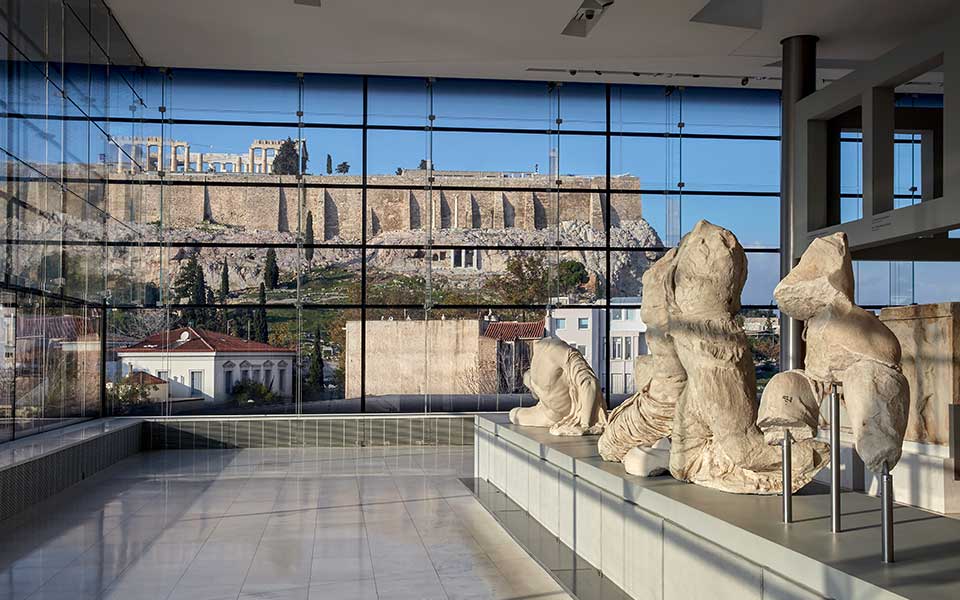The Parthenon is the ultimate symbol of Greek cultural heritage and identity, one that is important not only for the people of modern Greece, but for Europe and for all humanity. Two and a half millennia ago, the monument and its sculptures, taken as a whole, celebrated the victory of Athenian democracy over the forces of chaos and barbarism, a victory that sparked the development of the creative arts, philosophy and science as we know them today. As such, the Parthenon is a celebration of the achievements of a free and democratic people – the cornerstone of the Western cultural ideal.
Following independence from the Ottoman Empire in 1832, the newly formed Greek state embarked on a series of campaigns to restore historic monuments and retrieve looted antiquities. The spiritual revival of the Greek people following nearly four centuries of oppression by the Ottoman Turks became closely interconnected with the survival of ancestral relics, especially those from the golden age of Periclean Athens – an ideological orientation to the Classical Greek past.
The Neoclassical Bavarian architects who worked for Greece’s first king, Otto, played a decisive role in the preservation of ancient Greek monuments, and appeals were made by successive Greek governments for the return of looted artworks. In the case of the Parthenon sculptures, the first such appeal was made in 1842.
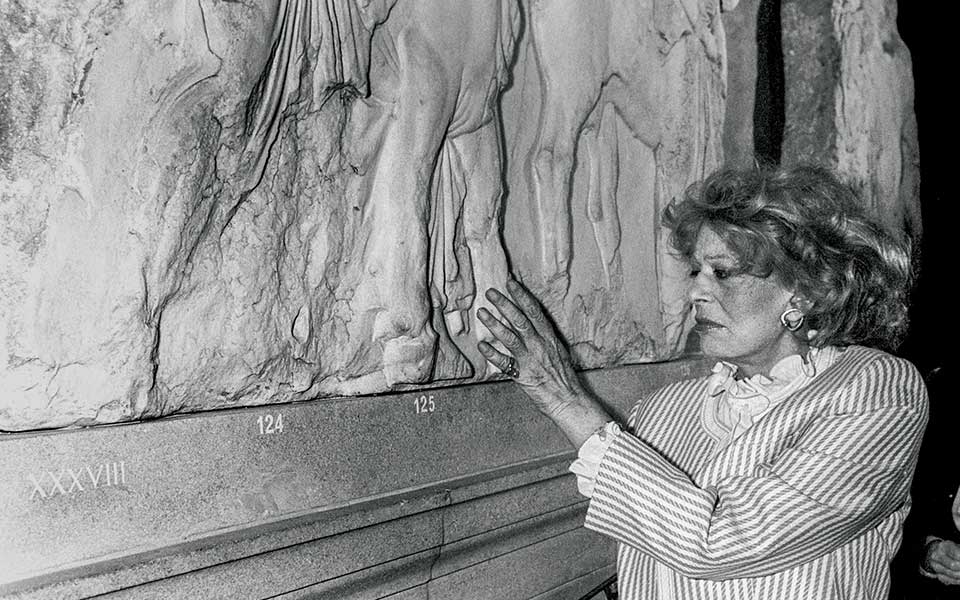
© visualhellas.gr
Over the course of the 19th century, further requests were repeatedly turned down by the trustees of the British Museum, citing their legal “ownership” of the sculptures. The devastating world wars of the early and mid-20th century put everything on hold until, in the early 1980s, the Greek Minister of Culture, Melina Mercouri (1920-1994), brought the plight of the Parthenon sculptures to the attention of the international community.
Mercouri herself was an incredibly dynamic figure. A world-famous singer and Academy Award-nominated actress, she gained further prominence as a political activist during the dark years of the Greek dictatorship, from 1967 to 1974. In later life, she became increasingly involved in politics, and was appointed Minister of Culture from 1981 to 1989, and briefly again in 1993 to 1994. She was deeply passionate about the protection and enhancement of Greek cultural heritage and its promotion to the world, using her position to make an ardent plea for the return of the Parthenon sculptures at the UNESCO World Meeting of Ministers of Culture in Mexico in 1982.
In a speech to the assembled ministers, Mercouri made a powerful argument for their reunification in Athens, and announced the Greek government’s intention to formally request their return from the British Museum:
“The day may come when the world will conceive of other visions, other notions about ownership, cultural heritage and human creativity. And we fully appreciate that museums cannot be emptied. But I would like to remind you that in the case of the Acropolis Marbles we are not asking for the return of a painting or statue. We are asking for the restitution of part of a unique monument, the particular symbol of a civilization. And I believe that the time has comes for these Marbles to come home to the blue skies of Attica, to their rightful place, where they form a structural and functional part of a unique entity.”

© Getty Images / Ideal Image, In Time News
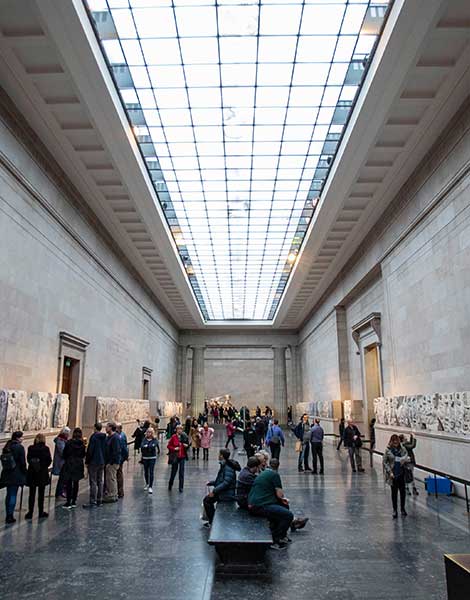
© Shutterstock
Mercouri’s passionate rallying cry was heard around the world. Her campaign was no longer the struggle of the Greek people or government but of the global community, as scholars, heritage professionals and others joined the ever-growing chorus for the sculptures’ return.
Since then, 21 national committees spanning 19 countries have been established, most recently Luxembourg in 2020, each one raising awareness of the long-standing issue in their respective nation, galvanizing popular support and applying pressure on the British Museum and UK government officials. Working under the collective umbrella of the International Association for the Reunification of the Parthenon Sculptures (IARPS), the committees work closely with the Greek authorities, hosting regular conferences and meetings, and supporting the ongoing policy of cultural diplomacy.
In the words of Professor Louis Godart, former chair of the International Association (2016-2019): “anyone who loves Greece and democracy must fight for the repatriation of Pheidias’ sculptures.”
The tireless work of IARPS, including the British Committee for the Reunification of the Parthenon Marbles, chaired by Dame Janet Suzman, appears to be having an overwhelmingly positive impact. Opinion polls in the UK in recent years suggest that significantly more British people support the sculptures’ return to Greece than oppose it.
Indeed, a 2014 poll conducted by the Guardian found that 88 percent of respondents agreed that the Britain Museum should return the sculptures. There is clearly a groundswell of public opinion in favor of their return.
Where are the Parthenon Marbles today?
Today, only 50 percent of the original Parthenon sculptures survive. Of these, a small number remain in situ on the monument, silent survivors of its long and turbulent history, and just under a half are on display in the purpose-built Acropolis Museum in Athens, which opened in 2009.
Outside of Greece, small fragments are in the collections of the Louvre in Paris, the National Museum of Denmark, and museums in the Vatican City, Vienna, and Würzburg, Germany.
The remaining half are on display in the British Museum, where they have been on permanent display since 1817. They consist of 17 figures from the statuary of the east and west pediments, 15 of the original 92 metopes, depicting the battle between the Centaurs and Lapiths, and 75 meters of the 160-meter-long frieze.
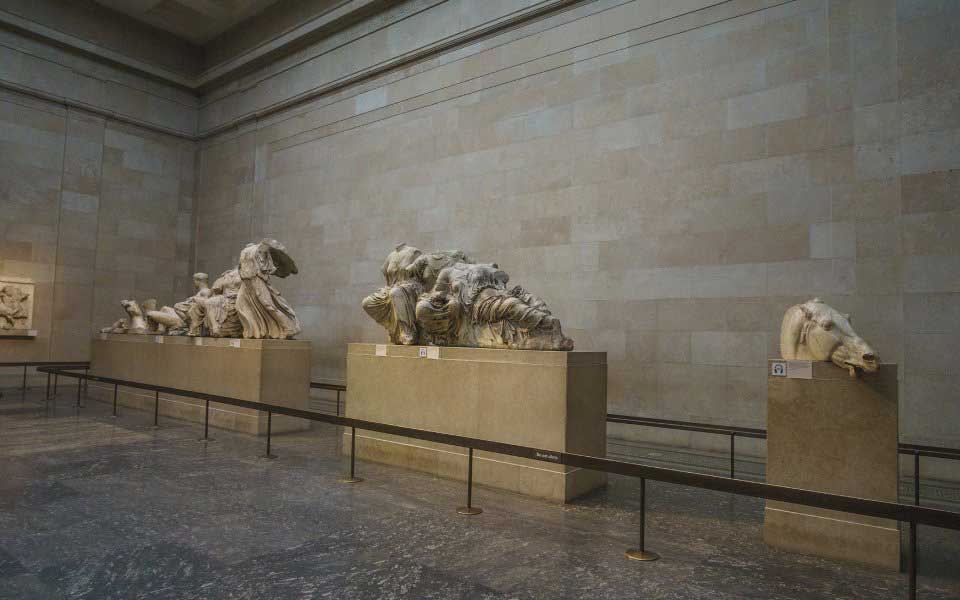
© Shutterstock
So, why the delay?
The trustees of the British Museum have continued to assert clear legal title to the Parthenon sculptures since 1816, citing their legal acquisition by Lord Elgin under the laws pertaining at the time. Supporters of the British Museum’s position also argue that the sculptures receive six million visitors per year in London as opposed to one and a half million at the Acropolis Museum in Athens. In a statement on the British Museum’s website, the trustees make the following argument:
“The Acropolis Museum allows the Parthenon sculptures that are in Athens to be appreciated against the backdrop of ancient Greek and Athenian history. This display does not alter the Trustees’ view that the sculptures are part of everyone’s shared heritage and transcend cultural boundaries. The Trustees remain convinced that the current division allows different and complementary stories to be told about the surviving sculptures, highlighting their significance for world culture and affirming the universal legacy of ancient Greece.”
Nevertheless, many would argue the display of the Parthenon sculptures in the British Museum is inadequate. Their exhibition in the dimly lit Duveen Gallery gives the false impression that they form a contiguous whole, presenting an unbroken narrative of the mythological and religious scenes depicted in the pediments, metopes and frieze. In reality, they constitute a collection of disembodied, de-contextualized historical artifacts that portray the narrative in piecemeal. This is especially the case for the frieze, portraying the Panathenaic Procession. On the Parthenon, the slabs were originally conceived to run along the outside walls of the cella, but in the British Museum, where they are displayed on the inside of a wall, there is no indication where the missing slabs would have been positioned.
Dame Janet Suzman - Actress, Chair of the British Committee for the Reunification of the Parthenon Marbles
“Recent polls suggest public opinion is growing in favor of return, due largely to a greater historical awareness of colonial misdemeanors and a questioning of a dead empire’s right to imagine itself unassailably in the right. The British Museum is behind the curve on this. It has a reputation to save and must go about saving it right now.”
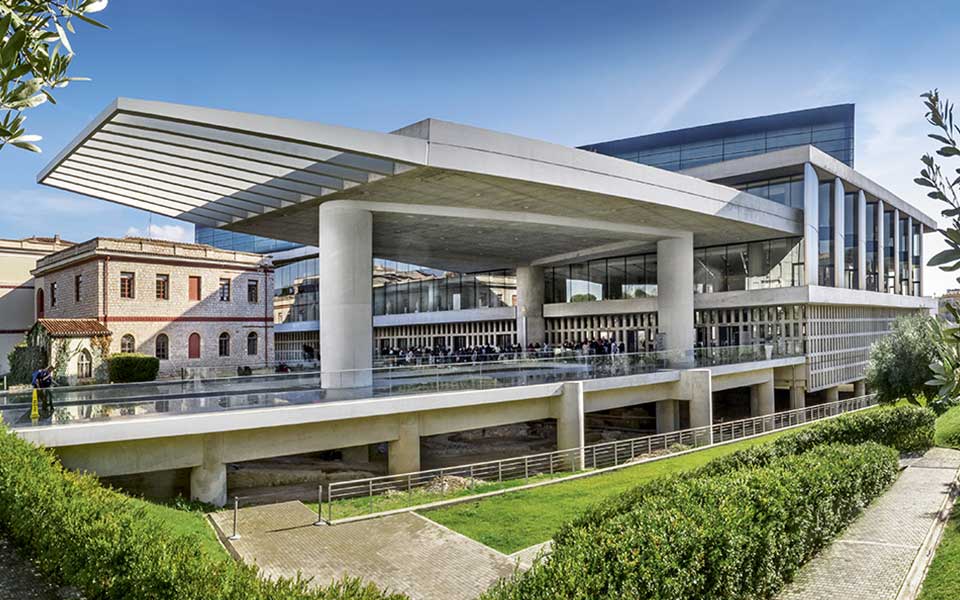
© Giannis Giannelos
Since 2009, Athens has been home to a world-class, purpose-built museum for the display of cultural artifacts related to the monuments of the Acropolis and its environs. The Acropolis Museum, located on the south side of the Acropolis, has been equipped with state-of-the-art facilities for the conservation and preservation of exhibits, including advanced laser cleaning, and functions as one of the leading research museums in Greece for the study of Classical Antiquity.
The specially designed Parthenon Gallery on the top floor of the museum is in direct line of sight with the Parthenon monument itself on the Sacred Rock. With glass walls running from floor to ceiling, the modern gallery allows visitors to view the sculptures in the natural Mediterranean sunlight, configured in the same way as they would have been on the Parthenon. Contrary to their display at the British Museum, the gaps in the marble slabs and figures in the Parthenon Gallery have been deliberately left blank, patiently awaiting the return of their missing brothers and sisters from London.
It’s important to remember that these sculptures were never intended to be viewed as freestanding works of art, but as parts of a symbolic whole. Issues of legal ownership aside, experienced in unity, the sculptures represent the highest form of Classical Greek art, and should be seen as an integral part of the Parthenon, their original place of conception and display. Detractors from this point of view fear the return of the Parthenon sculptures would open the floodgates for the repatriation of many more cultural items from the British Museum’s collections, setting a precedent that would empty the so-called “encyclopedic museums” of the Europe and North America.
Nicholas Stampolidis - Archaeologist, Director of the Acropolis Museum
“The Parthenon … is a whole born into a particular time and place, under a certain light. And everyone in this light should visit the Parthenon and be ‘re-baptized’ in their roots. It’s not just the State and the museum that calls for the return [of the sculptures], it is the monument itself, the Parthenon, the body-symbol that demands its limbs back.”
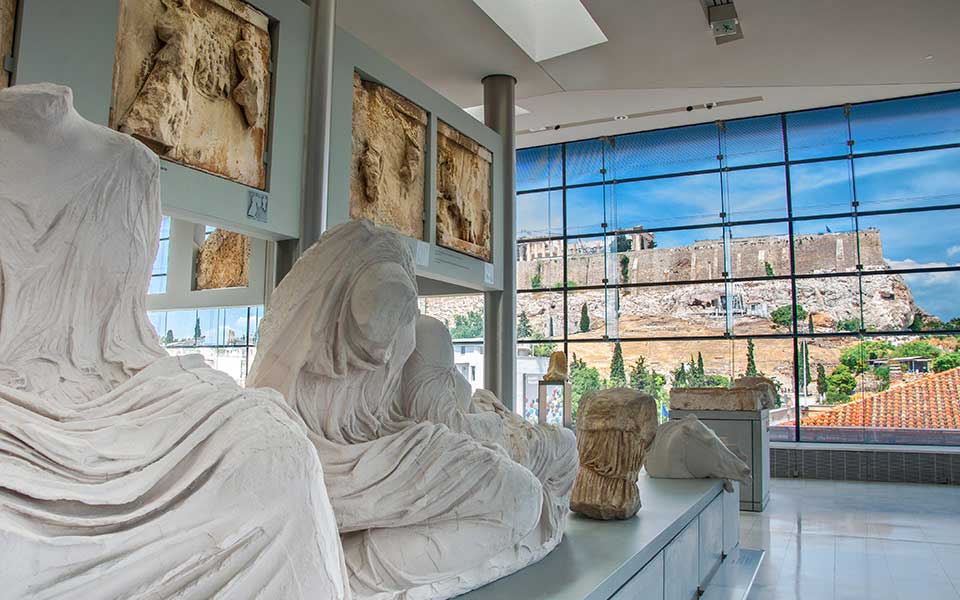
© Shutterstock
While it is true that comparable claims have been made by governments around the world for the return of specific cultural items looted during colonial times, most notably in Africa, there is no hard evidence that global museums would be denuded. Instead, the Parthenon sculptures appear to represent a very special case.
In a 2018 article in the London-based art and culture magazine “Frieze,” Cambridge classicist and historian Paul Cartledge made the following argument: “The Marbles are unique in that the building they adorned two and a half millennia ago still stands in full view on its mighty Acropolis rock – you see it from every street in the center of Athens.”
Furthermore, the British Museum would greatly benefit by returning the Parthenon sculptures, opening up a new chapter in cooperative partnership with Greece. Not only would it enhance scholarly collaboration between British and Greek archaeologists, conservators, curators and art historians, it would pave the way for exhibitions to be shared and other collections to be offered as long-term loans by Greek museums. It would also improve the British Museum’s somewhat tarnished image abroad, and, by extension, Britain’s global image.
George Osborne - Chairman of the British Museum, former UK Chancellor of the Exchequer
“There are those who demand the return of items that they believe we have no right to keep. … Lord Byron thought that the ‘Elgin marbles’ should return to the Parthenon. … We are open to lending our items wherever they can take care of them and ensure their safe return – something we do every year, inlcuding to Greece.”

